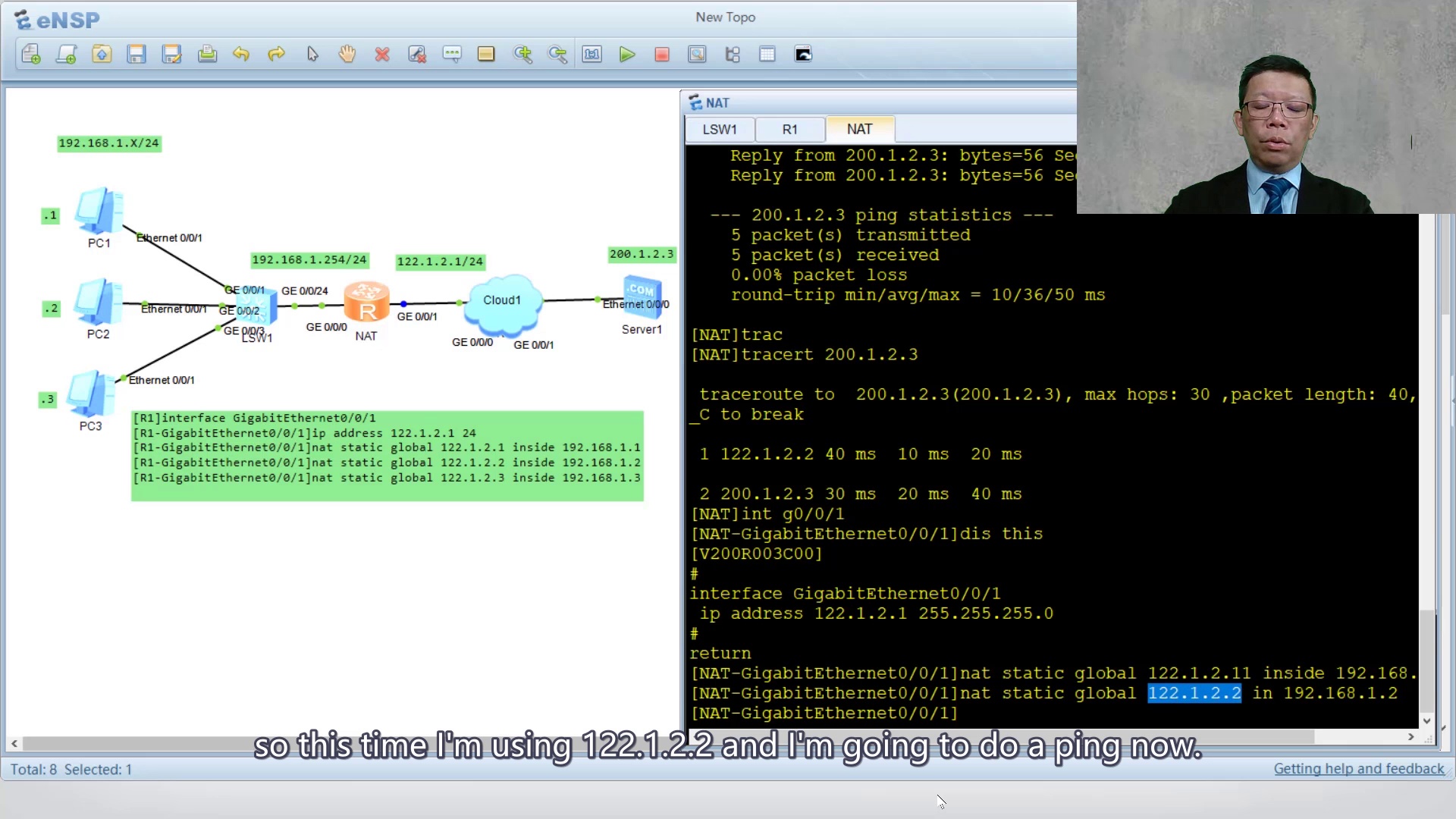16 WLAN Overview .pdf
16.1 WLAN Overview 16.1 WLAN Overview EBG2020CCHW1100085 Cou
16.2 Basic Concepts of WLAN 16.2 Basic Concepts of WLAN EBG2
16.2 Basic Concepts of WLAN 16.2 Basic Concepts of WLAN EBG2-1
16.3 WLAN Fundamentals 16.3 WLAN Fundamentals EBG2020CCHW110
16.3 WLAN Fundamentals 16.3 WLAN Fundamentals EBG2020CCHW110-1
16.3 WLAN Fundamentals 16.3 WLAN Fundamentals EBG2020CCHW110-2
16.3 WLAN Fundamentals 16.3 WLAN Fundamentals EBG2020CCHW110-3
16.4 WLAN Configuration Implementation 16.4 WLAN Configurati
16.4 WLAN Configuration Implementation 16.4 WLAN Configurati-1
16.5 Next-Generation WLAN Solutions 16.5 Next-Generation WLA

